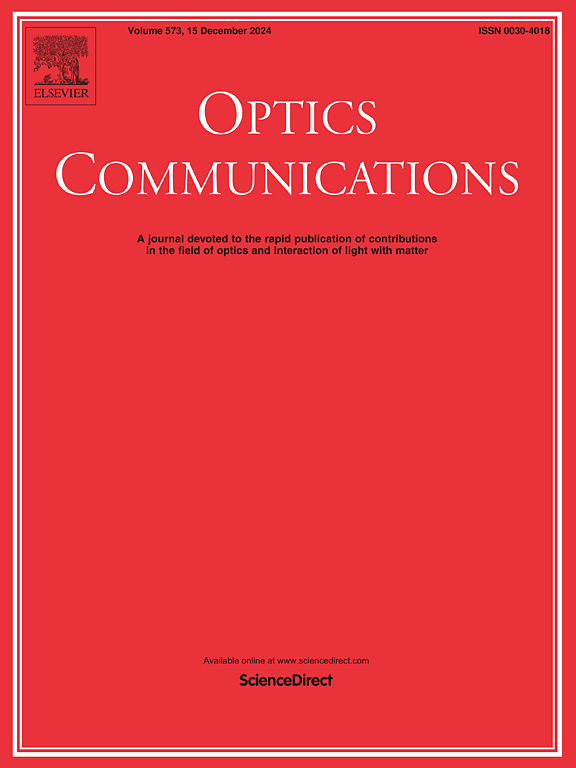Sun-tracker PV and TEG hybrid power generation
IF 2.2
3区 物理与天体物理
Q2 OPTICS
引用次数: 0
Abstract
The integration of Photovoltaic (PV) and Thermoelectric Generator (TEG) systems for hybrid power generation has gained considerable attention in recent years due to its potential to enhance energy efficiency and address the challenges of renewable energy intermittency. This paper presents a comprehensive study on the hardware implementation, modeling, and efficiency analysis of a PV and TEG hybrid power generation system. Maximum possible efficiency was achieved for PV panel by means of single-axis Solar Sun Tracker System, which dynamically adjusted its orientation to maximize sunlight exposure. The primary objective of this research is to explore the synergies between PV and TEG technologies in order to optimize power output and overall system efficiency. The proposed hybrid system harnesses solar energy through PV modules and concurrently utilizes waste heat to generate electricity via TEG modules. The experimental validation of the hybrid system is conducted on a prototype setup. The results demonstrate that the integrated PV and TEG system outperforms standalone PV or TEG configurations, achieving higher overall energy conversion efficiency. The experimental outcomes featuring an energy saving of about 30 % by TEG panel on the heat radiated by the solar panel, validate the functionality and promise of the hybrid PV + TEG power generation system. The hybrid approach proves particularly effective in scenarios with fluctuating solar intensity and temperature gradients. MATLAB simulations and hardware experiments were conducted to validate the system's functionality and assess its performance under varying environmental conditions. Reducing thermal resistance between PV cells and TEG module could help keep PV cells optimum temperature for higher Cr (Concentration Ratio) as per MATLAB simulation. The MATLAB graphs depict the power output from both PV and TEG modules, illustrating the dynamic response of the hybrid system to changing solar irradiance levels and temperature gradients. The proposed hybrid system harnesses solar energy through PV modules and concurrently utilizes waste heat to generate electricity via TEG modules. The innovative hardware setup, combined with the control algorithm, resulted in significant improvements in energy generation. The observed results affirm the practical viability of the proposed setup and its potential for real-world applications. This work encourages further exploration of solar tracking technologies for enhanced renewable energy utilization.
求助全文
约1分钟内获得全文
求助全文
来源期刊

Optics Communications
物理-光学
CiteScore
5.10
自引率
8.30%
发文量
681
审稿时长
38 days
期刊介绍:
Optics Communications invites original and timely contributions containing new results in various fields of optics and photonics. The journal considers theoretical and experimental research in areas ranging from the fundamental properties of light to technological applications. Topics covered include classical and quantum optics, optical physics and light-matter interactions, lasers, imaging, guided-wave optics and optical information processing. Manuscripts should offer clear evidence of novelty and significance. Papers concentrating on mathematical and computational issues, with limited connection to optics, are not suitable for publication in the Journal. Similarly, small technical advances, or papers concerned only with engineering applications or issues of materials science fall outside the journal scope.
 求助内容:
求助内容: 应助结果提醒方式:
应助结果提醒方式:


